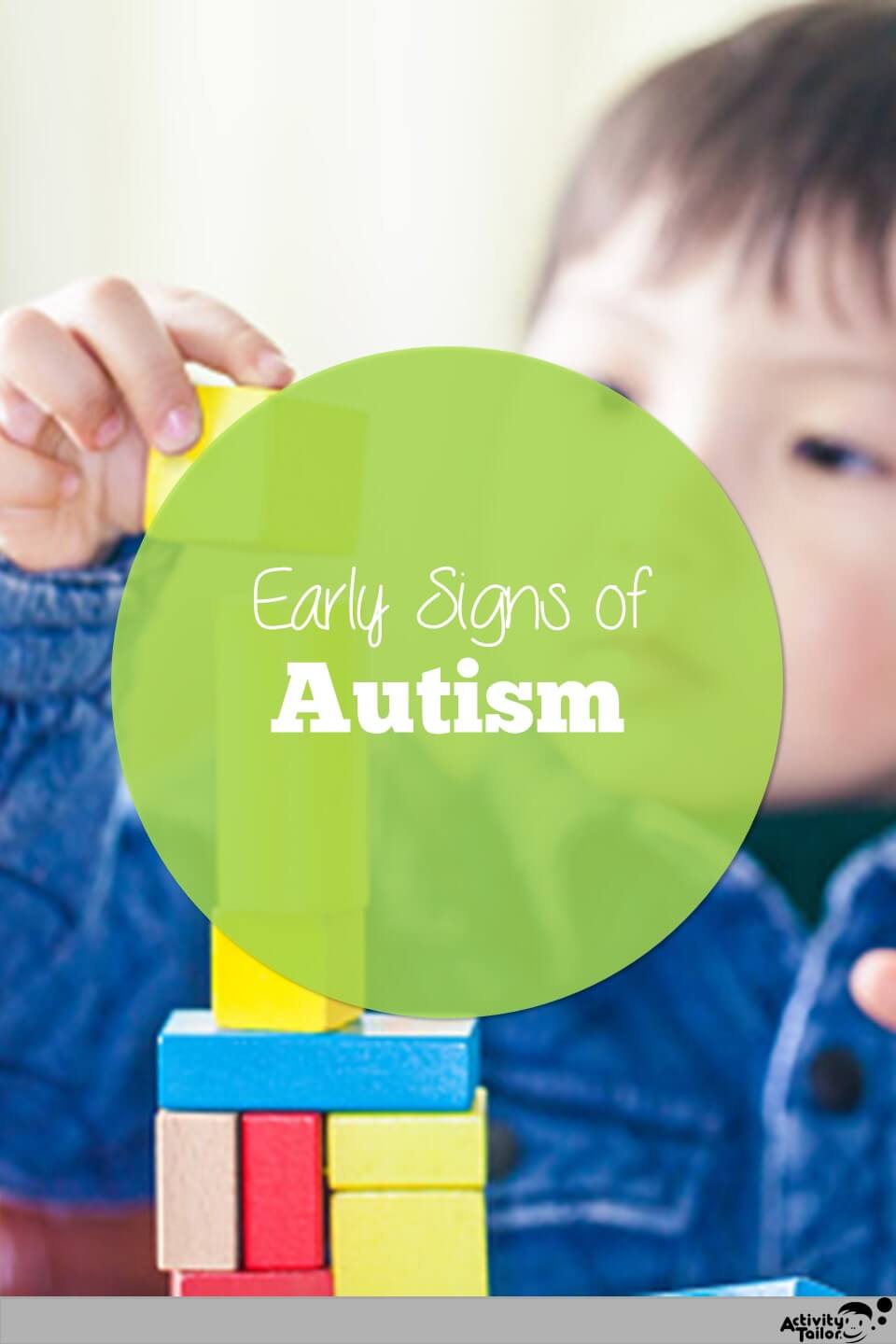
Recognizing the Early Signs of Autism
You know your child best. You’ve watched each amazing thing he’s done and listened to all the sounds he has made (or maybe not made). You already know how special he is, but you also know in your gut that he is different. You might be seeing early signs of Autism. Recognizing the early signs of Autism are important for current and future success for your child. What is Autism? Autism Spectrum Disorder (aka Autism) is a neurodevelopmental difference. An autistic person’s brain develops differently than that of a neurotypical person. There is no single cause of Autism but instead
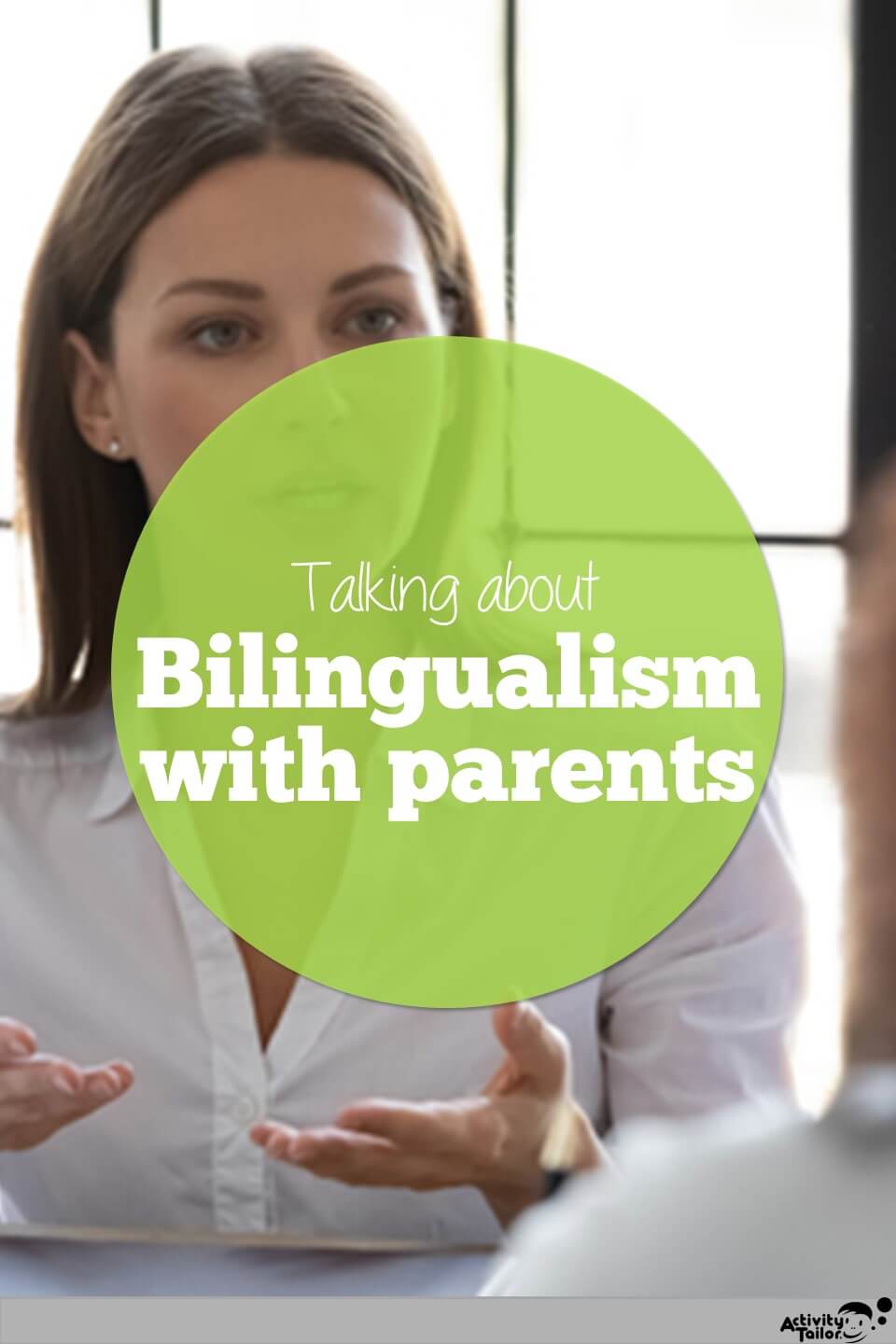
An SLP’s Response to Parent Concerns about Bilingualism and Speech Development
Many parents are concerned about the impact of bilingualism and speech development for their child. What is bilingualism? A person is bilingual when they speak two languages. Speaking two languages is even possible for young children! A child may be bilingual by learning two languages at once or by learning a second language after they have begun learning their first. Developmental Information for Bilingual Children First Words Just like monolingual children, most bilingual children speak their first words by the time they are 1 year old and use two-word phrases by the age of 2. Mixing Languages Children may mix
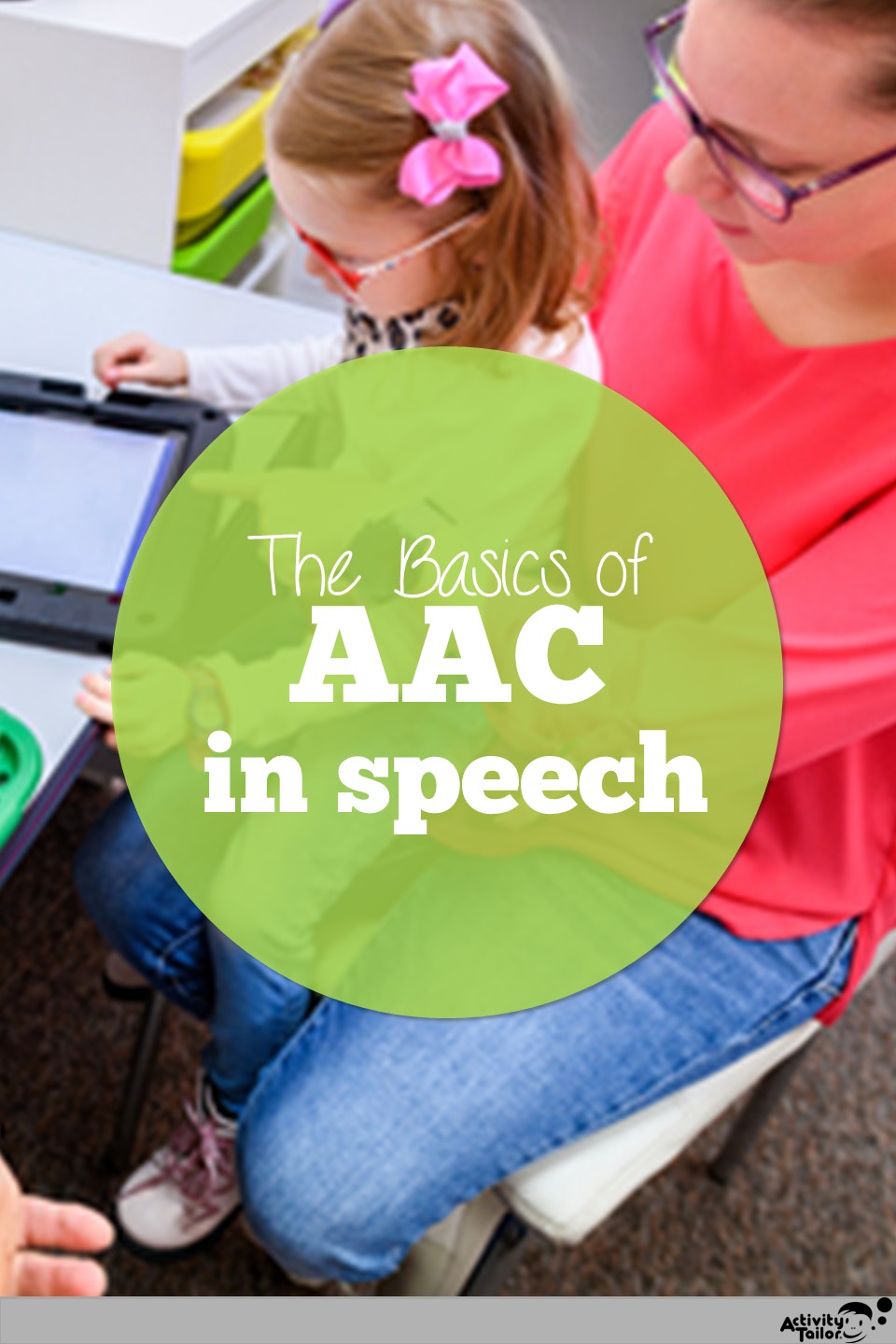
The Basics of AAC in Speech Therapy
Let’s chat about the basics of AAC in speech therapy! What is AAC? AAC stands for “alternative or augmentative forms of communication”. According to the American Speech-Language-Hearing Association, AAC is all the ways a person communicates besides speaking verbally. AAC encourages greater independence, increased communication, and more social interactions for many individuals. When a little one isn’t talking, it’s not uncommon for a therapist to suggest a form of communication other than talking. This doesn’t mean they’ve given up! Or that talking is no longer a priority! The most important goal is to give our children LANGUAGE. Once they understand
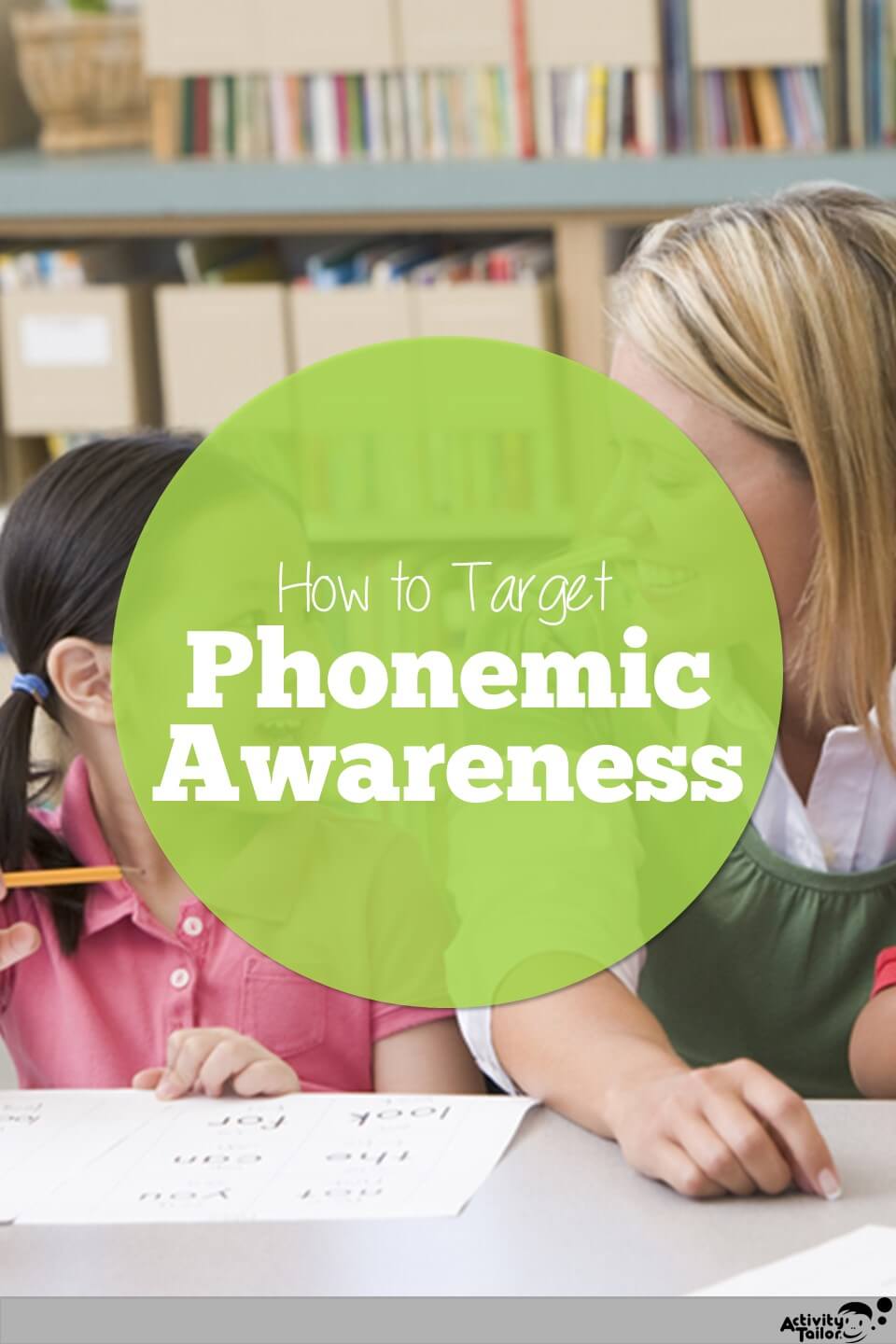
Phonemic Awareness: part 2 / Typical Development of Phonemic Awareness Skills + How to Target Them
Understanding the typical development of phonemic awareness skills and how to target them will set students with speech sound disorders up for greater, more lasting success! Children who can’t identify and manipulate the sounds of spoken words are likely to have a challenging time learning how to make correct speech productions and generalize these skills adequately– AKA our articulation and phonology students! When SLPs understand phonemic skills, we can develop appropriate expectations and provide better differentiation for our students in therapy. Refer back to PART 1 of this series to learn WHY & HOW to assess phonemic awareness skills in
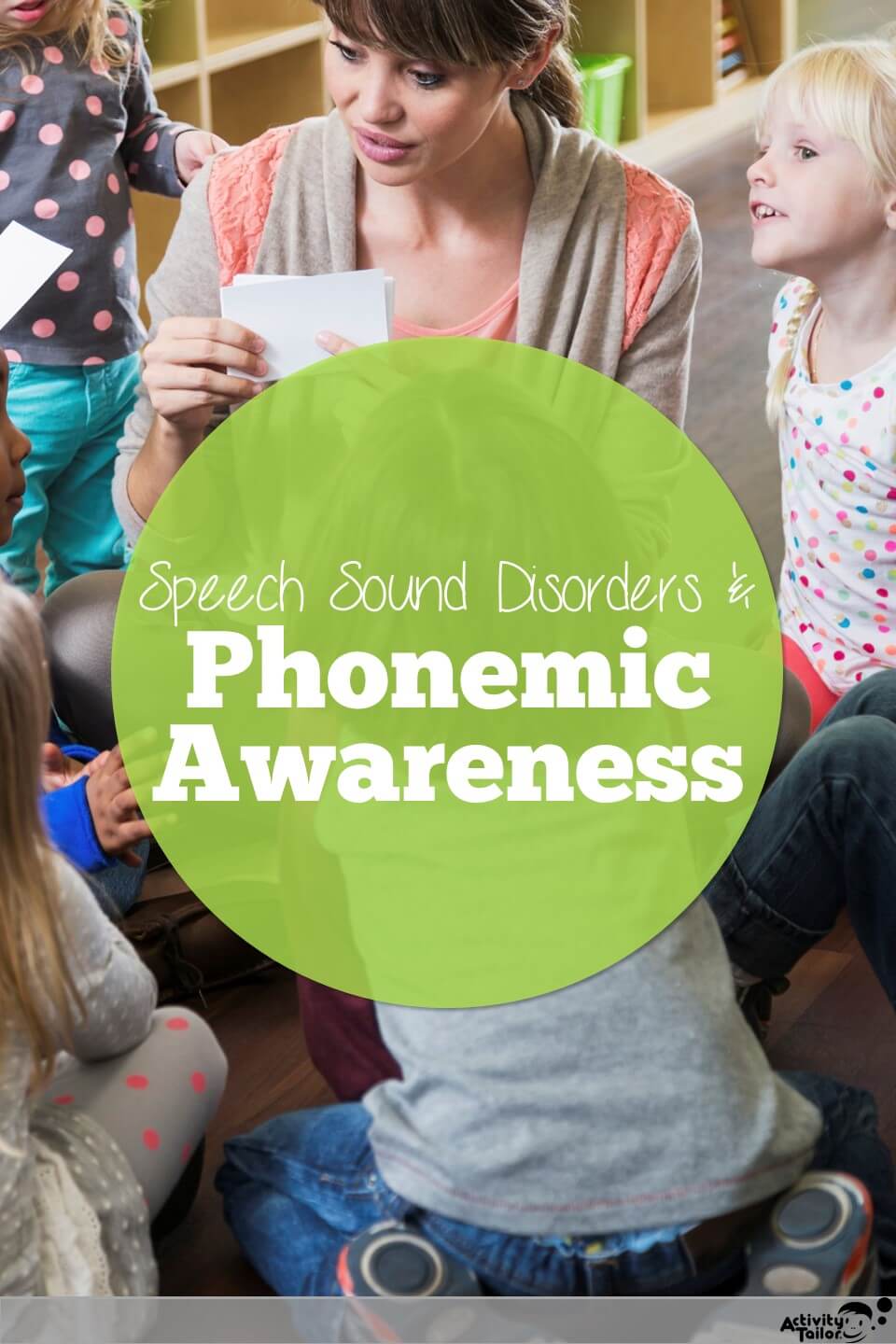
Phonemic Awareness: part 1 / MUST-KNOW information about phonemic awareness and speech sound disorders
Do you consider phonemic awareness abilities before beginning to work with students with speech sound disorders? If not, you really should! Read on to learn why & how you should think about and assess these skills. What is phonemic awareness? Phonemic awareness is the final step of a larger process called phonological awareness. It is the ability to notice, think about, and manipulate sounds within words. Specific skills include: Phoneme isolation (initial, medial, and final positions) Blending sounds to form a syllable Segmenting sounds in a syllable Manipulating sounds (adding, deleting, substituting) Why is it important? According to ASHA (The
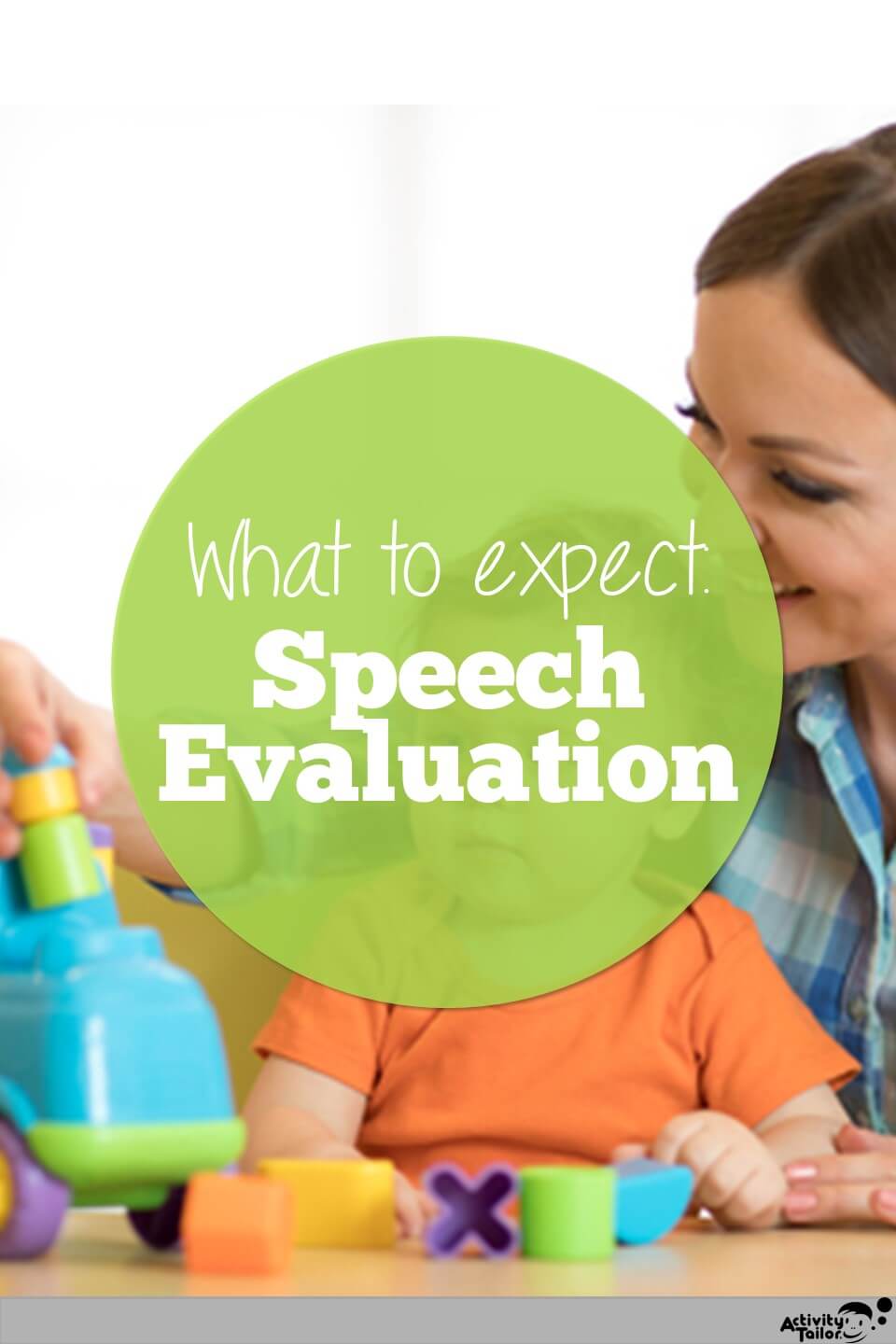
What to expect from a speech and language evaluation
What can you expect from a speech and language evaluation with a toddler or preschooler? Whether you finally got the referral you’ve been asking for or received a referral you didn’t expect, let’s take a look at what you can expect for your late talker on evaluation day. Before you go You may receive paperwork ahead of time including a release of information form. This allows the speech-language pathologist to share findings with other family members, schools or professionals. It is always your choice as to who has access on your child’s development. If you aren’t sure you’re ready to
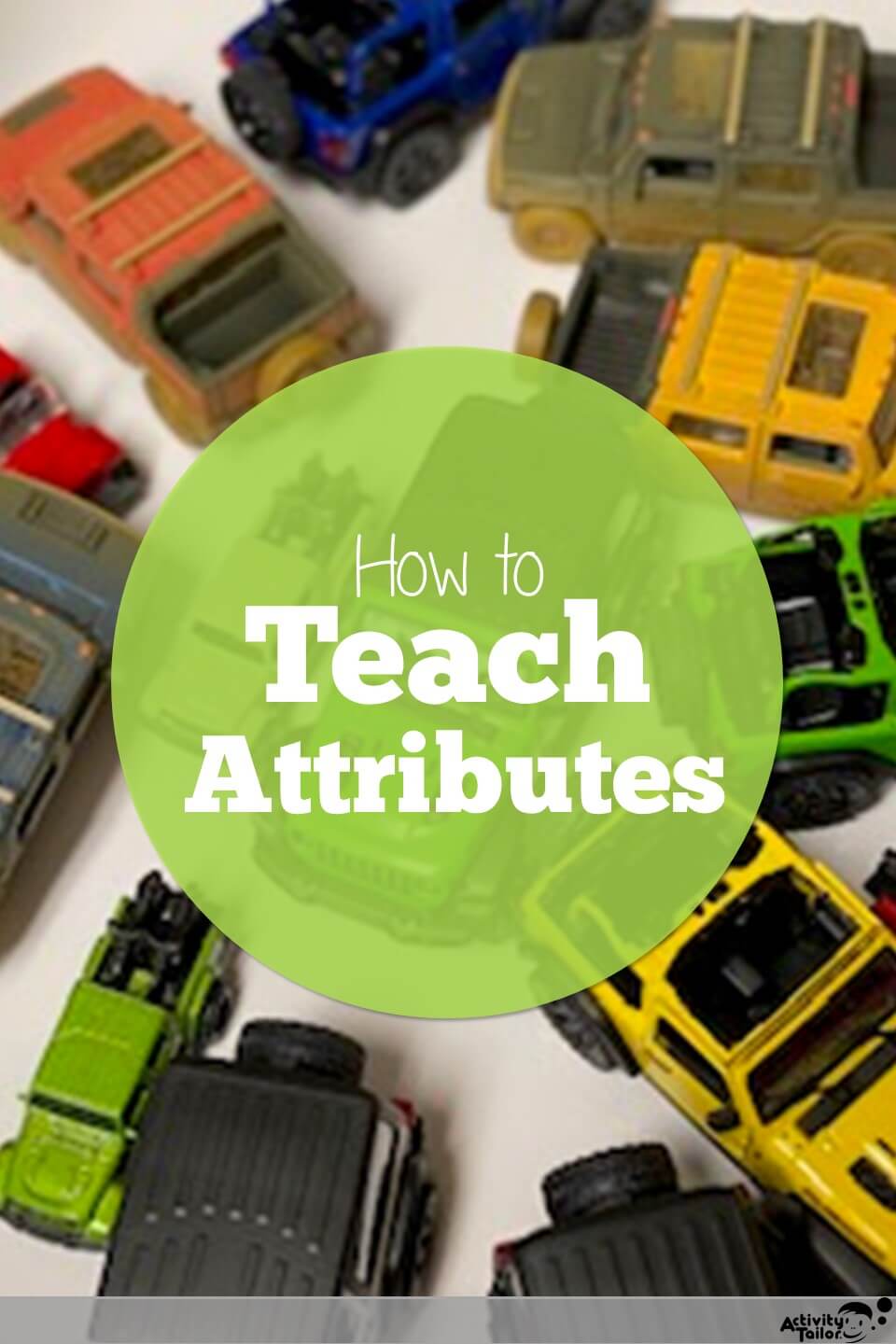
Teaching Attributes in Speech Therapy
Consider all the language goals targeted in speech therapy sessions. A huge number fall into the category of teaching categories. Whether it’s increasing vocabulary, categorization skills, teaching descriptive words, or labeling functions, it all falls under the larger umbrella of attributes. What are attributes? Working on attributes in speech refers to improving a student’s understanding of the characteristics of an object. Even the best SLPs cannot teach every single word on a comprehensive vocabulary list. What one CAN do is give a student the ability to recognize salient features. Focus on underlying skills to teach skills to organize one’s thoughts.
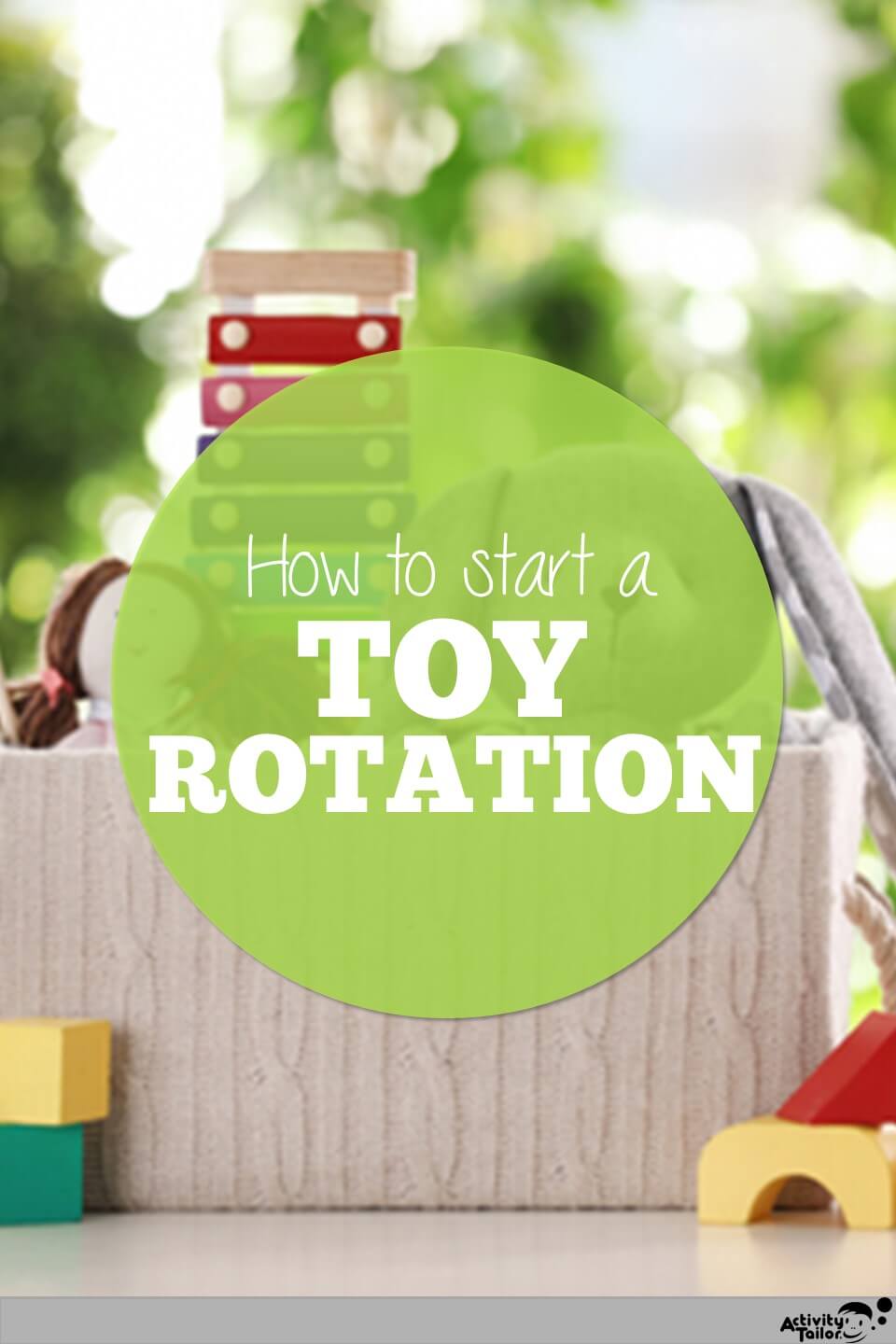
How to Increase Your Child’s Attention Through Toy Rotation
Do your kids seem easily bored despite a million toy choices? Does your little one drift from activity to activity, but doesn’t settle down with any of them? Are you constantly overwhelmed by stuff? Try toy rotation! Oftentimes, littles ones are overwhelmed by the number of toys at their disposable, rather than bored. By limiting the number of toys available to a child at one time, you will promote deeper, more creative play and help expand attention skills! How does toy rotation work? Rotating toys involves presenting a limited number of toys to a child. The set of available toys
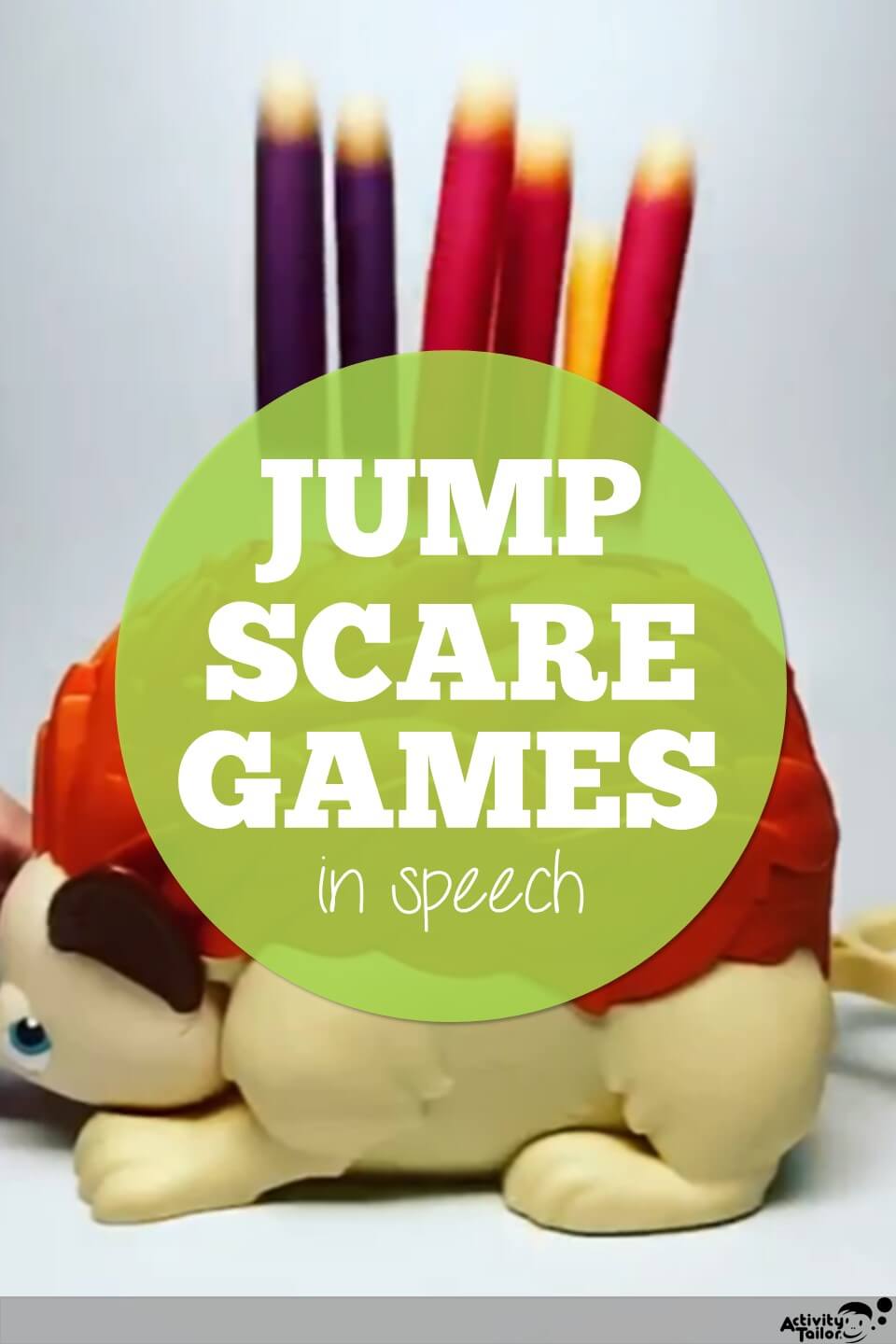
Jump Scare Games for Speech
Looking for a way to get your students really engaged? Try jump scares game in speech! If you’re a fan of horror films, you know that the potential for a jump scare is going to keep you on the edge of your seat throughout the film and give you a little boost of adrenaline every time one arrives. We can set up a similar, but less scary, situation in our therapy rooms. Using Jump Scare Games in Speech There is a large assortment of jump scare games for kids available and many tie in easily with popular school themes, but
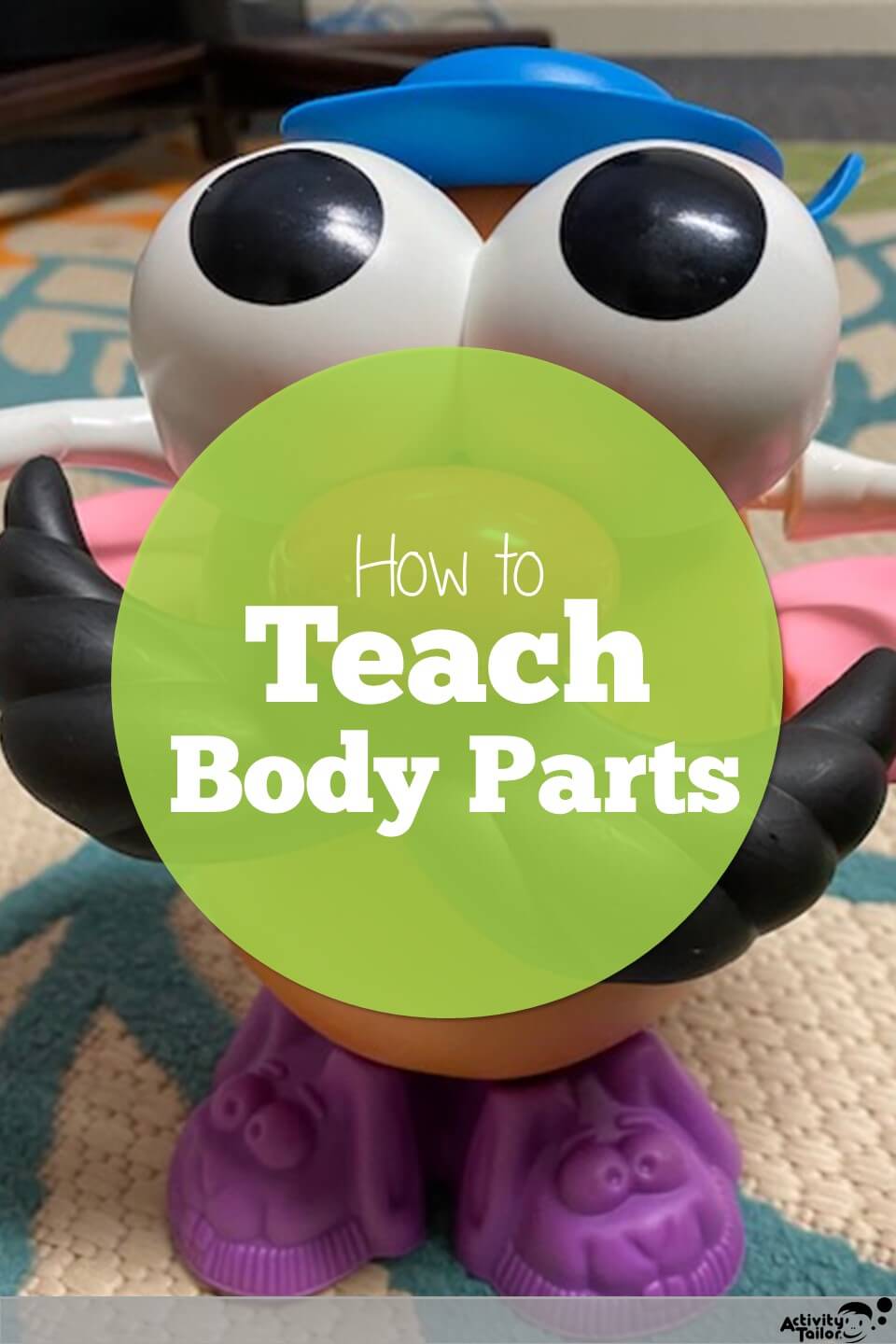
Teaching body parts
Teaching children body parts develops vocabulary, but it also helps with confidence and positive self-image. Children start identifying basic body parts like “nose” around a year. More specific words like “wrist” and “knee” are mastered around age five. Let’s look at some activities we can use to work on this classic language goal. Activities may contain Amazon affiliate links. Bathing baby dolls A shallow bin of water, a baby doll and a washcloth are all you need for some splashing fun! (Oh, maybe add a towel beneath the bin.) Label all the parts of baby that you are cleaning, but

Recognizing the Early Signs of Autism
You know your child best. You’ve watched each amazing thing he’s done and listened to all the sounds he has made (or maybe not made). You already know how special he is, but you also know in your gut that he is different. You might be seeing early signs of Autism. Recognizing the early signs of Autism are important for current and future success for your child. What is Autism? Autism Spectrum Disorder (aka Autism) is a neurodevelopmental difference. An autistic person’s brain develops differently than that of a neurotypical person. There is no single cause of Autism but instead

An SLP’s Response to Parent Concerns about Bilingualism and Speech Development
Many parents are concerned about the impact of bilingualism and speech development for their child. What is bilingualism? A person is bilingual when they speak two languages. Speaking two languages is even possible for young children! A child may be bilingual by learning two languages at once or by learning a second language after they have begun learning their first. Developmental Information for Bilingual Children First Words Just like monolingual children, most bilingual children speak their first words by the time they are 1 year old and use two-word phrases by the age of 2. Mixing Languages Children may mix

The Basics of AAC in Speech Therapy
Let’s chat about the basics of AAC in speech therapy! What is AAC? AAC stands for “alternative or augmentative forms of communication”. According to the American Speech-Language-Hearing Association, AAC is all the ways a person communicates besides speaking verbally. AAC encourages greater independence, increased communication, and more social interactions for many individuals. When a little one isn’t talking, it’s not uncommon for a therapist to suggest a form of communication other than talking. This doesn’t mean they’ve given up! Or that talking is no longer a priority! The most important goal is to give our children LANGUAGE. Once they understand

Phonemic Awareness: part 2 / Typical Development of Phonemic Awareness Skills + How to Target Them
Understanding the typical development of phonemic awareness skills and how to target them will set students with speech sound disorders up for greater, more lasting success! Children who can’t identify and manipulate the sounds of spoken words are likely to have a challenging time learning how to make correct speech productions and generalize these skills adequately– AKA our articulation and phonology students! When SLPs understand phonemic skills, we can develop appropriate expectations and provide better differentiation for our students in therapy. Refer back to PART 1 of this series to learn WHY & HOW to assess phonemic awareness skills in

Phonemic Awareness: part 1 / MUST-KNOW information about phonemic awareness and speech sound disorders
Do you consider phonemic awareness abilities before beginning to work with students with speech sound disorders? If not, you really should! Read on to learn why & how you should think about and assess these skills. What is phonemic awareness? Phonemic awareness is the final step of a larger process called phonological awareness. It is the ability to notice, think about, and manipulate sounds within words. Specific skills include: Phoneme isolation (initial, medial, and final positions) Blending sounds to form a syllable Segmenting sounds in a syllable Manipulating sounds (adding, deleting, substituting) Why is it important? According to ASHA (The

What to expect from a speech and language evaluation
What can you expect from a speech and language evaluation with a toddler or preschooler? Whether you finally got the referral you’ve been asking for or received a referral you didn’t expect, let’s take a look at what you can expect for your late talker on evaluation day. Before you go You may receive paperwork ahead of time including a release of information form. This allows the speech-language pathologist to share findings with other family members, schools or professionals. It is always your choice as to who has access on your child’s development. If you aren’t sure you’re ready to

Teaching Attributes in Speech Therapy
Consider all the language goals targeted in speech therapy sessions. A huge number fall into the category of teaching categories. Whether it’s increasing vocabulary, categorization skills, teaching descriptive words, or labeling functions, it all falls under the larger umbrella of attributes. What are attributes? Working on attributes in speech refers to improving a student’s understanding of the characteristics of an object. Even the best SLPs cannot teach every single word on a comprehensive vocabulary list. What one CAN do is give a student the ability to recognize salient features. Focus on underlying skills to teach skills to organize one’s thoughts.

How to Increase Your Child’s Attention Through Toy Rotation
Do your kids seem easily bored despite a million toy choices? Does your little one drift from activity to activity, but doesn’t settle down with any of them? Are you constantly overwhelmed by stuff? Try toy rotation! Oftentimes, littles ones are overwhelmed by the number of toys at their disposable, rather than bored. By limiting the number of toys available to a child at one time, you will promote deeper, more creative play and help expand attention skills! How does toy rotation work? Rotating toys involves presenting a limited number of toys to a child. The set of available toys

Jump Scare Games for Speech
Looking for a way to get your students really engaged? Try jump scares game in speech! If you’re a fan of horror films, you know that the potential for a jump scare is going to keep you on the edge of your seat throughout the film and give you a little boost of adrenaline every time one arrives. We can set up a similar, but less scary, situation in our therapy rooms. Using Jump Scare Games in Speech There is a large assortment of jump scare games for kids available and many tie in easily with popular school themes, but

Teaching body parts
Teaching children body parts develops vocabulary, but it also helps with confidence and positive self-image. Children start identifying basic body parts like “nose” around a year. More specific words like “wrist” and “knee” are mastered around age five. Let’s look at some activities we can use to work on this classic language goal. Activities may contain Amazon affiliate links. Bathing baby dolls A shallow bin of water, a baby doll and a washcloth are all you need for some splashing fun! (Oh, maybe add a towel beneath the bin.) Label all the parts of baby that you are cleaning, but

